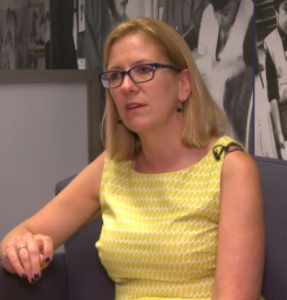On Friday, November 10, 2017, the TDSB released its updated disrepair data for each of its 584 schools and the news is not good. What was a $3.5 billion repair backlog a year ago has grown to $3.7 billion.
 As Andrea Gordon reports on the November 10, 2017 in the Toronto Star article article entitled, “Toronto board wants developer levies used to fix aging schools“, “Despite improved funding from the province over the last few years, the $297 million for the current school year “is not enough to keep pace with the accumulated backlog and future repair needs. Without “adequate and predictable school funding for school repairs,” the board projected the bill will reach $5.25 billion by 2021.”
As Andrea Gordon reports on the November 10, 2017 in the Toronto Star article article entitled, “Toronto board wants developer levies used to fix aging schools“, “Despite improved funding from the province over the last few years, the $297 million for the current school year “is not enough to keep pace with the accumulated backlog and future repair needs. Without “adequate and predictable school funding for school repairs,” the board projected the bill will reach $5.25 billion by 2021.”
The fact is that for almost two decades, our provincial government grossly and chronically underfunded school repairs and maintenance. In many years, funding was one-tenth of what it ought to have been. This is a fact cited by Ontario’s Auditor-General and substantiated by industry standards. Another fact seems to be emerging that despite increased annual funding for school repairs by the provincial government, it is simply not enough to even begin to stem the tide on a consistently increasing repair backlog in the buildings where 2-million Ontario children spend their days.
So surely now is the time to be exploring every possible funding solution available to address not only the $3.5 billion of disrepair in TDSB schools but the overall $15.9 billion of disrepair that exists across all Ontario schools. One possible additional funding source for many boards is Education Development Charges – money that developers would pay to contribute to the public infrastructure from which they are profiting.
 TDSB Chair Robin Pilkey commented, “Allowing the TDSB access to education development charges to repair and replace schools would be a good start.” Given the number of new units planned and under construction in the city, access to EDCs could translate into $300 million for the TDSB to improve and expand school buildings.
TDSB Chair Robin Pilkey commented, “Allowing the TDSB access to education development charges to repair and replace schools would be a good start.” Given the number of new units planned and under construction in the city, access to EDCs could translate into $300 million for the TDSB to improve and expand school buildings.
Every dollar counts and at a fundamental level, we know that developers choose to build in neighbourhoods where they can profit. What makes a neighbourhood potentially profitable to a developer? Access to public transit and good local schools are the two things that jump to mind. So if developers are selecting to build and profit from the public infrastructure in neighbourhoods then it seems crystal clear to Fix Our Schools that those developers must contribute back to that same public infrastructure – and schools are a critical element!
,
